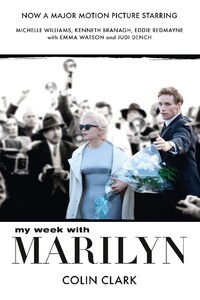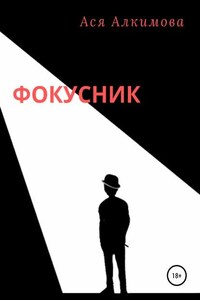Introduction
By Simon Curtis, Director of My Week with Marilyn
‘A fairy story, an interlude, an episode out of time and space which nevertheless was real’ is how Colin Clark describes his account of working on The Prince and the Showgirl. He published his first diary of his experiences, The Prince, the Showgirl and Me, in 1995 and in it he invites the reader to share his excitement as he gets closer and closer to the inner sanctum of the business and witnesses the complex process of a film being made. I loved the diary from the moment I first read it and was drawn both to the compelling detail of the making of a film in 1956 but also to the magical fantasy of a young man having an intimate relationship with Marilyn Monroe at the height of her powers on his very first job. Since my first job was as an unpaid assistant director on a theatre production of Measure for Measure during which I worked closely with its leading lady Helen Mirren, running errands for her and helping her with her lines, I was familiar with the territory that Colin was in.
Of course, this was no ordinary film – Marilyn Monroe had bought the rights to Rattigan’s play The Sleeping Prince under the auspices of her newly formed production company (Marilyn was far ahead of her time in that way). She hoped she could control her destiny by becoming a producer and looked forward to working with the great Olivier. He, in turn, was not only prepared to work with her in place of his wife Vivien Leigh, who had played the same part opposite him on stage, but hoped that working with the biggest movie star in the world would rejuvenate his career. I believe he also hoped for a romance with Marilyn but she arrived in London on the arm of her brand new husband Arthur Miller so that became unlikely.
It is hard not to see Olivier, then aged 50, as emblematic of fading Britain and Marilyn, aged 30, as the poster girl for brash, new America. 1956 was a seminal year in English culture – the year of Look Back in Anger and Lucky Jim, the birth of rock and roll and commercial television. It was the moment England finally shook itself from under the shadow of World War Two. Unfortunately The Sleeping Prince, for all its charm, belonged to the old theatrical tradition and, surprisingly for Marilyn, who wanted to break into roles more challenging than ditzy blondes, her part of Elsie is a giggly chorus girl.
The culture clash between these two icons is evident right from the start and Colin has a ringside seat for it all. He is amazed to watch the struggle for common ground between Marilyn, now devoted to The Method (a way of acting in which actors internalised, rather than simulated, the feelings of their character) and always accompanied by her coach Paula Strasberg, and Olivier who believed in a more external way of working. Rattigan’s play had worked on a West End stage, when it cashed in on the excitement generated by the Queen’s coronation, but it was hardly bursting with cinematic potential. Colin gets it right when he describes himself telling Marilyn, in a remarkably bold and perceptive moment, ‘We are all trying to make a film which absolutely should not be made.’
I was entranced by Colin’s first diary but it was the publication of the second, My Week with Marilyn, in 2000 that convinced me that there was a film to be made by combining the two. In the second volume Colin at last reveals his secret: during the making of the film, when Arthur Miller has left the country, he and Marilyn have a remarkably intimate week together. She finds herself able to trust Colin and, for the first time in a life of romancing powerful older men, she is drawn to someone younger than she is. Theirs is not a passionate sexual affair but an erotically charged connection of great intimacy. Colin longs to rescue her from her entourage and a life fuelled by pills and alcohol (‘I desperately wanted to save her but what could I do?’) but it is enough for Marilyn that he is a trusted friend who listens and does not take advantage of her as men usually do.
For all my passion for the material, it was a long seven years before the first day of filming and we would never have got there at all without Michelle Williams and Ken Branagh committing to play Marilyn and Olivier. I still cannot believe my luck that two such magnificent actors were courageously prepared to take on these iconic roles. They both bring fierce intelligence and detail to all their performances and I learned from each of them every day. Our production was based at Pinewood Studios where The Prince and the Showgirl had been made and on her first day Michelle was put in Marilyn’s old dressing room. We filmed on the same stage as they had and it was a magical moment to witness Michelle recreating Marilyn’s dance from the film in Donal Woods’s recreation of the original sets.














